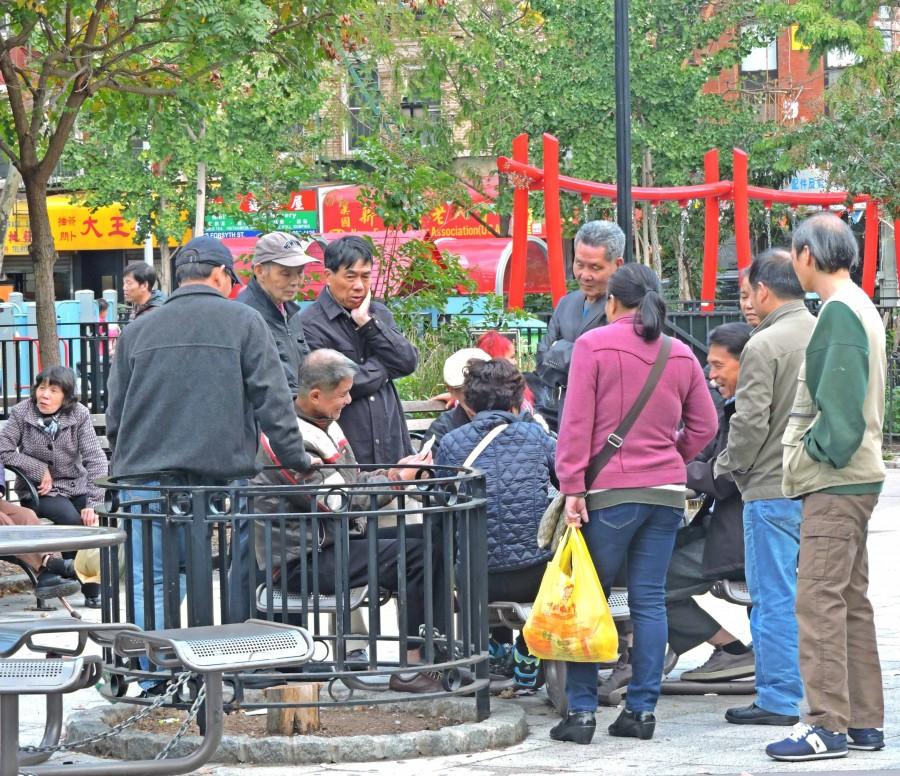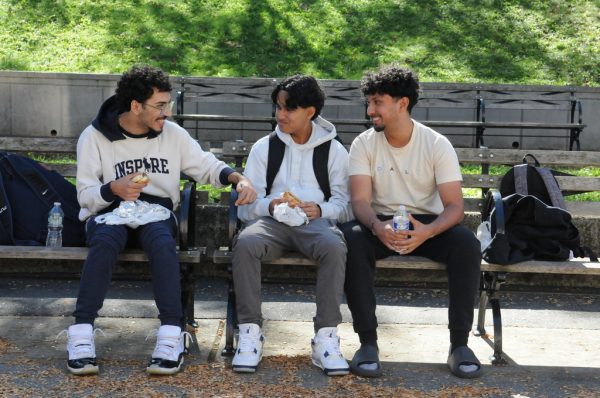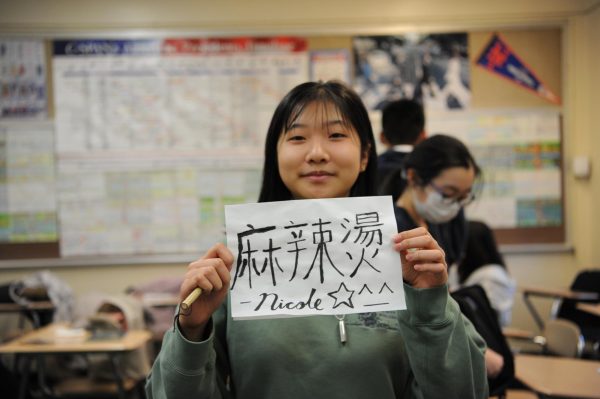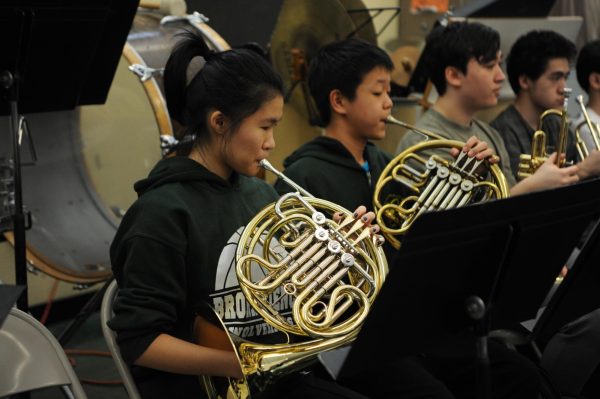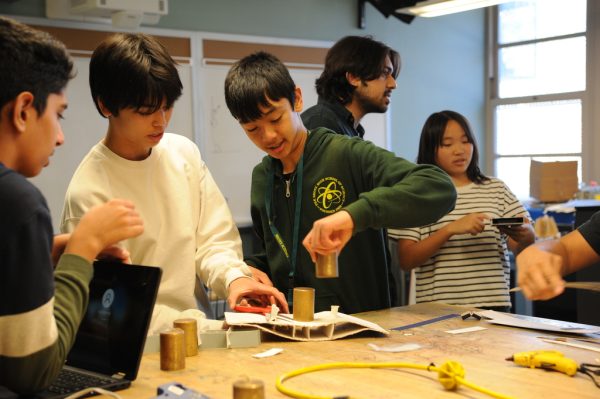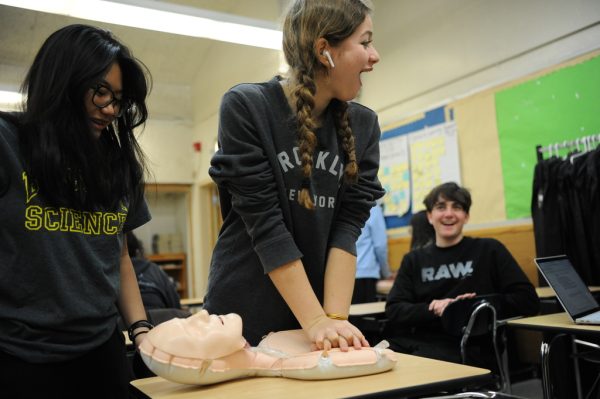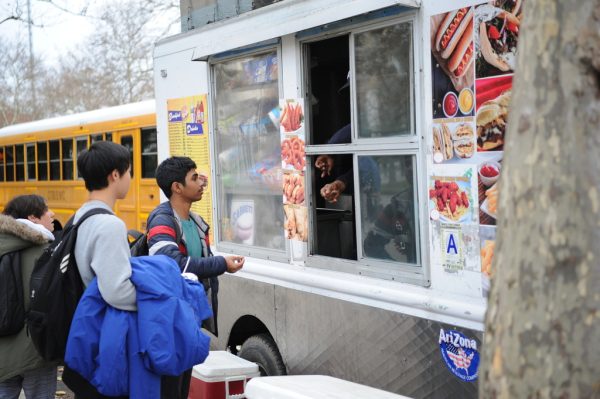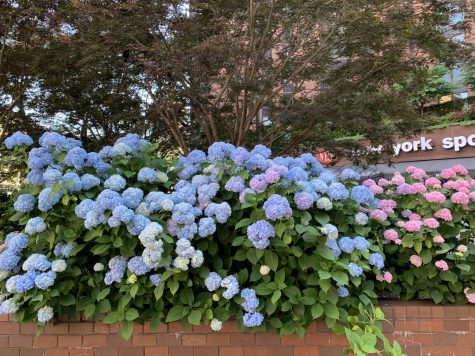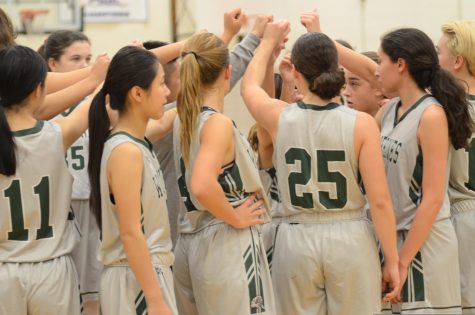Snippets of Chinatown
December 5, 2016
Capturing the Oldest American Chinese Ethnic Enclave
Carrying the bare minimum and regretfully leaving behind their mother country, they boarded the ships and sailed across the great Pacific Ocean until they saw the promising coast come into view. For these incoming Chinese immigrants in the 1800s and 1900s, their newfound hopes and dreams were in America. Initially anticipating to strike gold in the mines of California during the Gold Rush, these Chinese immigrants were faced with disappointment, which caused their frenzy for gold to subside. Soon, they were convinced to move East where more economic opportunities were available. Eventually, throughout the years, they moved into major cities such as New York and settled into close-knit clusters. And thus, Chinatown was born!
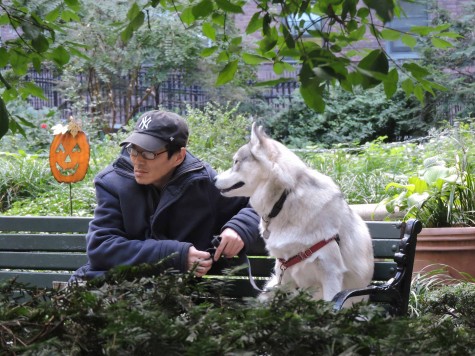
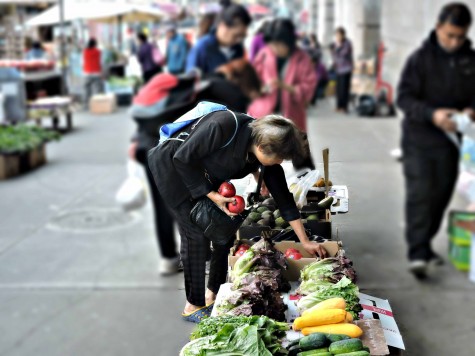
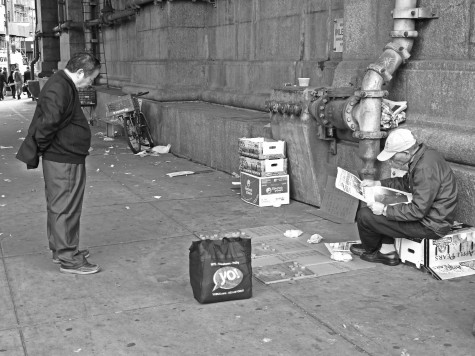
Located in Lower Manhattan, Chinatown has become a popular tourist attraction for New York City visitors, as its streets are filled with Chinese history, culture, and cuisine. The area is bordered by the Lower East Side to its east, Little Italy to its north, Civic Center to its south, and Tribeca to its west. Many of the most frequently visited streets reflect unique aspects of different regions in China, such as Mott Street and East Broadway, which are known as Little Hong Kong and Little Fuzhou respectively. An occasional visitor, Bronx Science senior Lucy Wong said, “Chinatown is a mix of different strong smells. There are pungent smells and pleasant ones, but for me it’s all about the good food in Chinatown which you can get for low prices.”
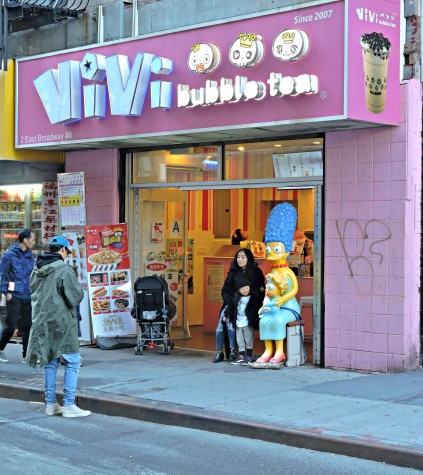
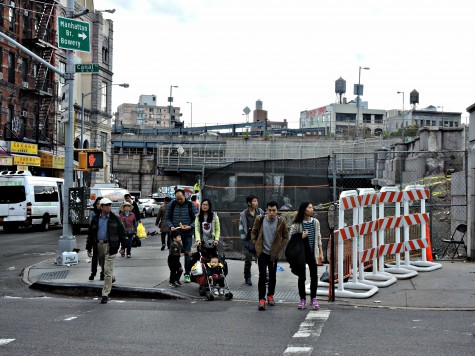
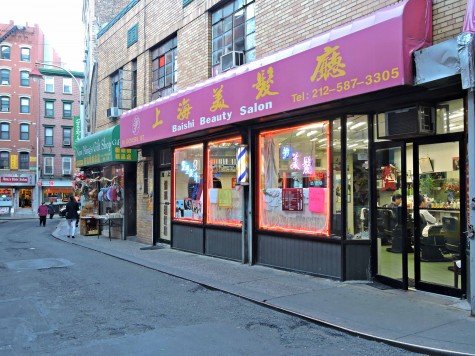
Not only has it remained a draw from those outside of the area, but the now thriving neighborhood has remained beloved by locals for its secret gems, such as the flea markets on Forsyth Street, and the Hester Street Playground, and for the atmosphere that the community has created. “My favorite thing about Chinatown is how convenient it is. You can easily walk to neighboring areas like Soho, Little Italy, or Battery Park from there,” said senior Lauren Lee said. Commenting on its vibrancy, senior Fidelia Ge said, “I enjoy its fast-paced nature. You can’t really escape the crowds of people, and everyone always has a place that they have to be, in a hurry! It’s like a little city of its own.” Because of its emphasis on the preservation of its culture, Chinatown has still maintained its well-established restaurants and its breathtaking landscape, leaving residents with a sweet sense of nostalgia every time. “Every time I become hungry, I know that Shanghai Asian Cuisine and Vivi’s Bubble Tea will be waiting for me,” senior Shirley Eng said. “When I become stressed, I love going to Pell Street to relax, because no matter what time of day or season it is, the scenery is always beautiful, and you can always take a good photo there,” senior Brandon Wu said.

